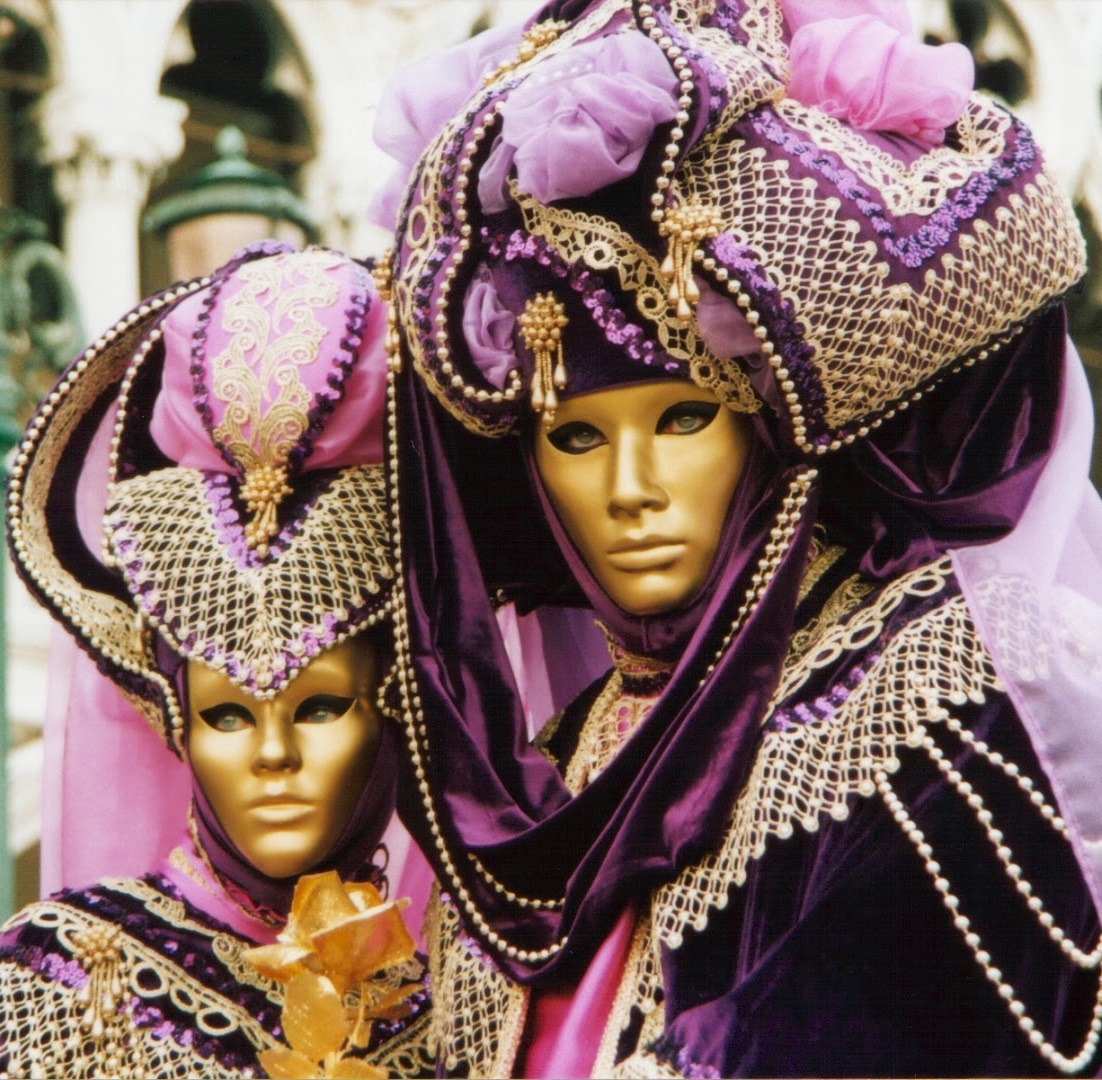Through a disguise we can safely experiment with alternative social norms, roles, fantasies and even fears or anxieties.

This is very important, more so for teenagers and young adults who are still working out their identities. Although many are willing to dress up regardless of age, Halloween costumes are especially popular among children and young people 18 and 25 years, as can be seen in related research.
This is primarily related to the fact that at these ages there is more excitement, time but also social occasions to deal with choosing a Halloween costume.
But it is also connected with the dynamic nature of the self-image that is still being formed at such ages, as opposed to older ones when one feels more settled and there is not so much need for related experimentation.

A Halloween masquerade as something other than who each of us truly is, it generally offers an opportunity to express ourselves more freely, beyond social "shoulds" and rules of good behavior. This is even more so if we choose as part of the disguise to keep our identity hidden, for example with a deceptive wig or a not-so-revealing mask.
Wearing a Halloween costume though, we obscure our true identity to some extent anyway, as even if we do not hide our face we acquire the characteristics and behavior according to what we have chosen to impersonate.

Nouns, what we think we are in our daily lives does not disappear while we are in disguise, it's just being quieter in order to highlight the elements associated with our Halloween costume.
Research conducted into how people's behavior changes when they are in disguise, reveal that when we wear a Halloween costume we have the possibility to "lose" our identity for a while, that is, to renounce all those characteristics that make each of us who we are.

Alongside, we can adopt behaviors that do not seem to be in keeping with reality, our everyday selves, but perhaps they fit the role we play depending on our disguise, even if they are considered unethical or even slightly transgressive.
Interestingly, some disguises are much more popular than others. For example, a very common choice especially for teenagers and young adults are costumes that express sexuality and social roles that differentiate the two sexes. So, we often see men choosing disguises with intense dynamism, heroic character, and athletic body type.

Accordingly, women often disguise themselves as provocative nurses, Nazi cats or dancers. At young ages, disguises as a current person are also popular, or social standards from the field of sports, of music and entertainment.
All of the above options reveal elements of the disguised person's personality, but in a different way for everyone. For example, choosing a scary costume, it can indicate a wearer's disposition to provoke or shock those around him, but it can also be connected to his own deeper concerns and fears, which he "exorcises" by disguising himself as something frightening.

Respectively, a girl choosing a revealing outfit, she may simply be aiming to highlight her sexuality by showing some parts of her body, but she may also be trying out a sexually provocative role that she would never adopt in her everyday life, either due to temperament, (eg shyness) or due to social pressure.
Ending up, what one chooses to dress up as at Halloween is not random, instead it connects with deeper parts of himself. Unfulfilled dreams and desires, or repressed sides of one's personality emerge as they choose a particular Halloween costume.

Either consciously or not, it is a way to express one's thoughts, his imagination or needs, other elements of his personality, such as the humor or ingenuity of someone who chooses to compose and make a Halloween costume himself.
Nouns, every disguise is a means of communication of the disguised person to those around him, and is chosen not only to convey some message to the outside, but also with the hope that it will cause some specific reactions, B.C. admiration, of laughter, or opposite of fear or even disgust.
NewsRoom Mykonos Ticker